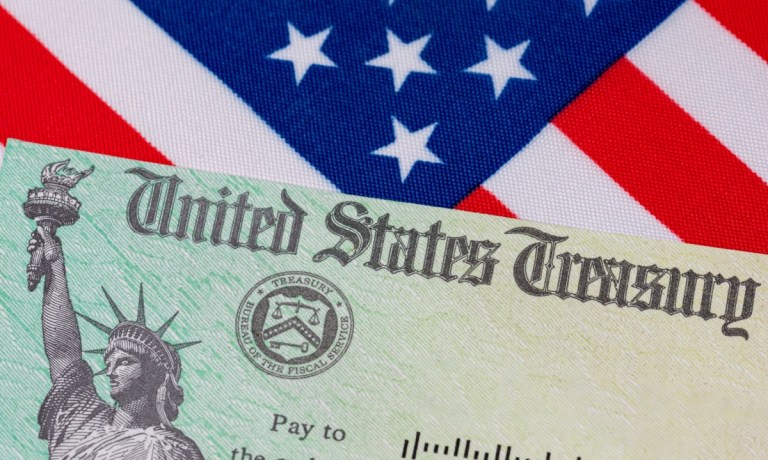
The U.S. Treasury Department’s artificial intelligence system may be starting to do what armies of auditors have long struggled to achieve: curb financial crime more effectively.
According to Treasury officials, a detection system, powered in part by AI, has saved taxpayers $3.8 billion in its first year by freezing suspicious transactions and clawing back ill-gotten payments. Now, businesses are racing to replicate this success, marking a significant moment in the fight against financial fraud.
“With the right partners, the government will undoubtedly be successful in fraud prevention using AI — there are already many examples of such successes,” Shree Taylor, VP of Data Analytics and Innovation at Elder Research, told PYMNTS. “Other entities in the commercial and financial sectors are also experiencing the benefits of implementing an AI-driven fraud detection system. The silver bullet is having the right workforce to develop and support a comprehensive fraud detection program.”
Under the new program, the Treasury now uses expanded screening to spot threats early and focus on risky transactions. It has added AI to detect check fraud faster and improved payment schedules to reduce losses.
Experts say private business owners can draw lessons from the Treasury example. AI-driven fraud detection systems can operate continuously, providing global coverage 24/7, 365 days a year, allowing businesses to adapt swiftly to prevent financial losses and enhance security in commercial transactions, Vall Herard, CEO of risk management firm Saifr, told PYMNTS.
“By incorporating both structured and unstructured data analysis, including sanctions lists, watchlists, Most Wanted lists, news articles, social media posts and customer communications, these systems can detect potential fraud indicators that conventional methods might miss,” he added.
While AI can effectively prevent fraud, it’s not always used. Herard said the financial sector is traditionally conservative, with compliance teams often resistant to significant changes in their risk management systems.
“These systems, developed and refined over the years, are thoroughly tested and generally effective, leading to a cautious approach when it comes to adopting new technologies,” he added. “There’s a prevailing uncertainty about how regulators might view the transition to AI solutions, which further dampens enthusiasm for rapid adoption.”
Herard said the Treasury Department’s success with AI in fraud prevention suggests that the government might be ahead of businesses in using AI in some ways.
“This advanced position implies regulators might be more savvy than anticipated in evaluating AI technologies,” he added. “If a government organization demonstrates the effectiveness and reliability of AI in this critical area, it could significantly bolster confidence among financial institutions. This governmental seal of approval, coupled with regulators’ apparent sophistication in AI assessment, would likely make firms much more comfortable becoming fast followers, potentially accelerating the adoption of AI technologies across the commerce and financial sectors.”
As the technology advances, AI-powered fraud detection systems will likely improve their ability to analyze patterns and spot risks in real time while keeping users’ payments smooth, Herard said. These technologies can process more data and catch subtle fraud signals that humans often miss.
“However, the future of AI in payment fraud detection isn’t just about more sophisticated algorithms,” he added. “It’s also about creating ecosystems where different AI models can work together seamlessly. For instance, we might see the development of AI agents that can autonomously orchestrate complex fraud detection workflows, pulling in data from various sources and coordinating different analytical models as needed. This approach could significantly enhance the ability to detect and respond to emerging fraud tactics, improving efficiency and reducing the burden on human analysts.”
Shaun Barry, Global Director of Risk, Fraud and Compliance at data and AI company SAS, told PYMNTS that fraud detection is becoming a differentiator for online payment systems.
“AI is making sure that fraud detection happens in near-real time and is part of any core operational payment system,” he added. “In fact, those firms that have the best fraud detection capabilities will be more profitable and have higher customer satisfaction than those who fail to innovate. The best-in-class firms will go even further, using AI to assess customer friction related to fraud detection and balancing the two to optimize the customer experience.”
Related: New AI System Aims to Detect Financial Fraud Across Corporate Networks